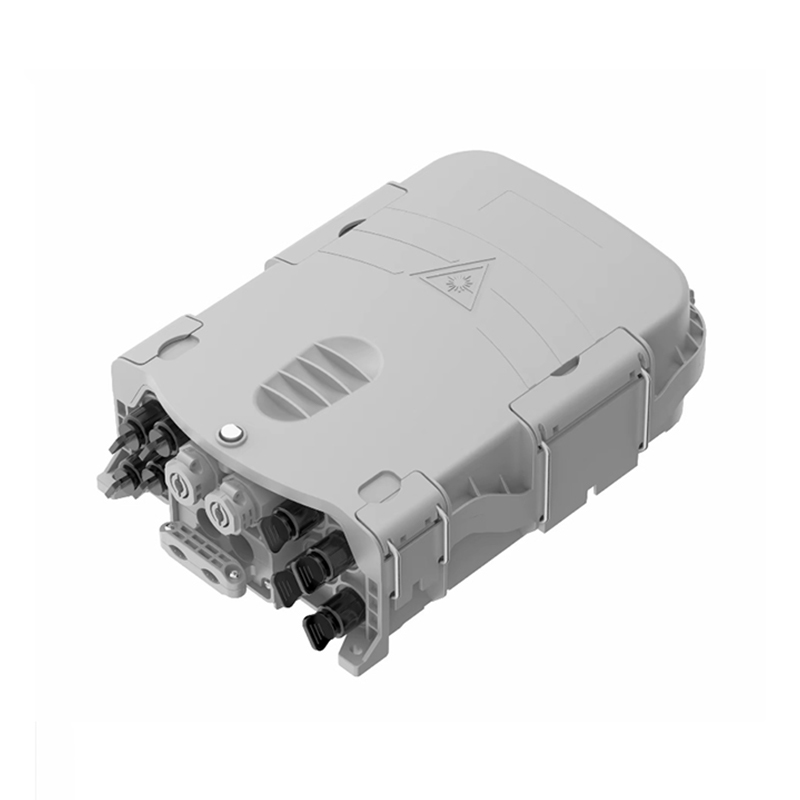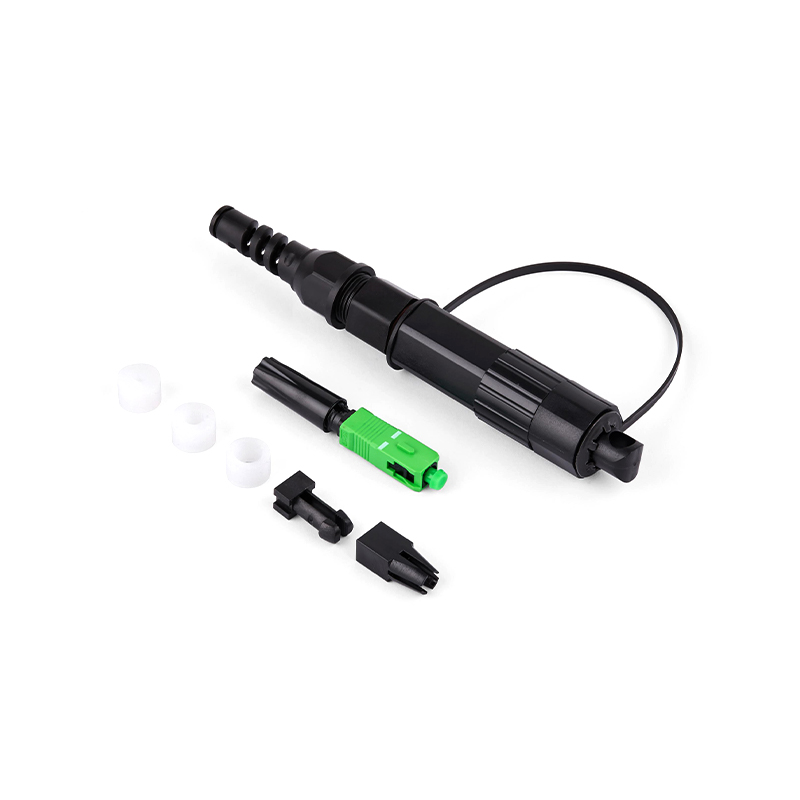Everything You Need to Know About Fiber Optic Cables
2025-08-15
In today's highly connected world, fast, stable internet connections have become an essential part of work and life. As the core of modern communications networks, fiber optic cables have revolutionized data transmission with their exceptional performance. However, for many, they remain a largely unfamiliar field, rife with technical jargon.
What is fiber optic cable?
Fiber optic cable is a network medium that uses light signals to transmit data. Unlike traditional copper cables, which use electrical signals to transmit information, the core of an optical fiber is composed of filaments of high-purity glass or plastic. These fibers carry data in the form of light pulses. Relying on the physical principle of total internal reflection, optical signals propagate at high speeds within the fiber core, preventing them from leaking easily even when bent.
Typical structure
A typical fiber optic cable typically consists of the following:
- Core: Located at the center, this is the channel for light signal transmission. The core's size directly affects the type and performance of the optical fiber.
- Cladding: A layer of glass adjacent to the core with a lower refractive index than the core. This difference in refractive index confines the light signal to the core.
- Buffer: Protects the core and cladding from moisture and physical damage.
- Strength Member: Typically made of aramid fiber (such as Kevlar), it provides tensile strength to prevent fiber breakage during installation.
- Outer Jacket: The outermost protective layer, typically made of polyethylene (PE) or polyvinyl chloride (PVC), protects against environmental corrosion and abrasion.
This multi-layer structure gives fiber optic cables advantages such as high speed, wide bandwidth, low attenuation, immunity to electromagnetic interference, and long-distance transmission.

Types of Fiber Optic Cables
Based on how light propagates through the fiber, fiber optic cables can be divided into two major categories:
Single-Mode Fiber Cable (SMF)
The fiber core diameter is extremely small (approximately 9 microns), and light propagates in a single straight mode, resulting in minimal dispersion and distortion. This makes it suitable for long-distance transmission of tens or even hundreds of kilometers. It is commonly used in telecommunications backbone networks, metropolitan area networks, and submarine communication systems.
Multimode Fiber Optic Cable (MMF)
The fiber core is thicker (50 or 62.5 microns), allowing light to propagate along multiple paths. This makes it relatively inexpensive and suitable for short-distance, high-bandwidth transmission, such as in data centers, local area networks, and in-building cabling. However, due to modal dispersion, its transmission distance and bandwidth are limited compared to single-mode fiber.
Fiber Optic Cable Connectors
To connect fiber optic cables to switches, routers, or other devices, specialized fiber optic connectors and adapters are required. These connectors precisely align the fiber ends to ensure smooth optical signal transmission.
SC Connectors
The SC connector (Subscriber Connector) is one of the most widely used fiber optic connectors. It features a square plastic housing with a push-pull snap-fit design, making installation and removal easy. Its advantages include low insertion loss, high return loss, and stable and reliable performance.
SC Fiber Optic Adapters
The SC fiber optic adapter is a key component for connecting two SC connectors. It is typically a square plastic box with an internal ceramic sleeve that precisely aligns the fiber cores of the two SC connectors, allowing for optical connection. Adapters are available in simplex (connecting one fiber) or duplex (connecting two fibers).
LC Connector
The LC connector (Lucent Connector) is the preferred choice for high-density cabling environments. Its compact size, half that of the SC connector, allows it to accommodate more fiber connectors within the same space. LC connectors also utilize a push-pull snap-on design. Due to their compact design and excellent performance, they are widely used in space-constrained environments such as data centers and patch panels.
LC Fiber Optic Adapter
The LC fiber optic adapter is also compact and is used to connect two LC connectors. It is typically a duplex design, providing a high-density fiber connection solution and significantly saving cabinet space.
FC Connector
The FC connector (Ferrule Connector) features a threaded connection. Users rotate the connector to tighten it, providing a very stable connection even in environments subject to vibration or high shock. FC connectors are commonly found in telecommunications equipment, industrial control systems, and precision instruments.
FC Fiber Optic Adapter
The FC fiber optic adapter also utilizes a threaded connection, providing a sturdy connection platform for the FC connector, ensuring stable optical signal transmission even in harsh environments.
ST Connector
The ST connector (Straight Tip) is a connector with a bayonet-locking mechanism, similar in shape to a BNC connector. It requires a twist to lock into place and was once a very popular connector type in fiber optic networks. However, due to its larger size and less convenient locking mechanism than SC and LC connectors, ST connectors have been gradually phased out in new network deployments, but they can still be found in some older equipment and networks.
ST Fiber Optic Adapter
ST fiber optic adapters connect two ST connectors. Their bayonet-locking design ensures a secure connection and are commonly used in older LAN equipment.
Fiber optic cable, with its superior performance, has become an indispensable component of modern communications networks. Whether you're planning an enterprise network, building a data center, or simply interested in communications technology, understanding the different types, structures, and connection methods of fiber optic cables will help you better understand and utilize this powerful technology, providing a solid foundation for our digital lives.











